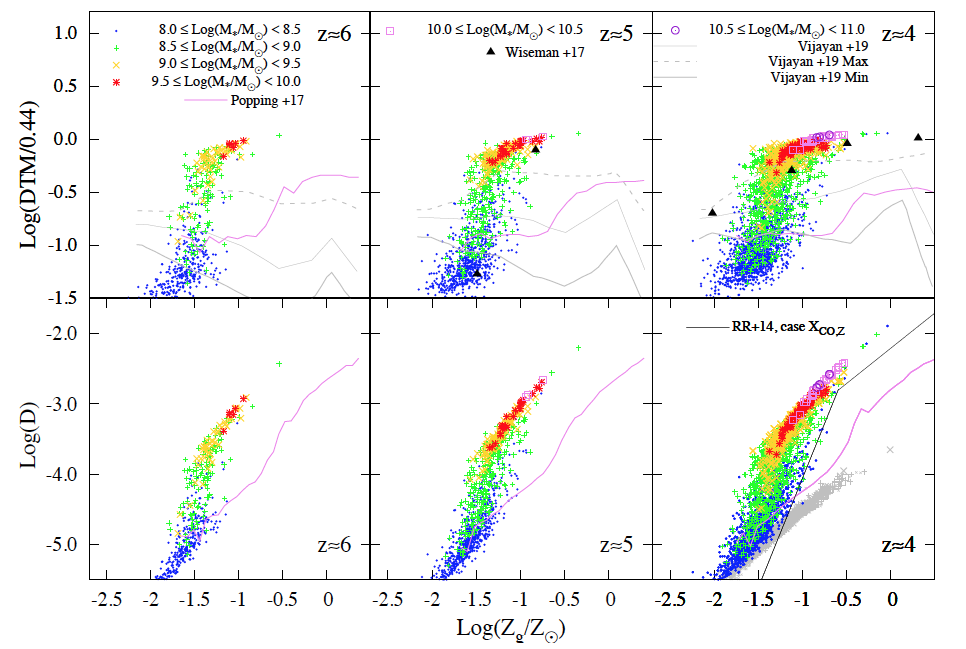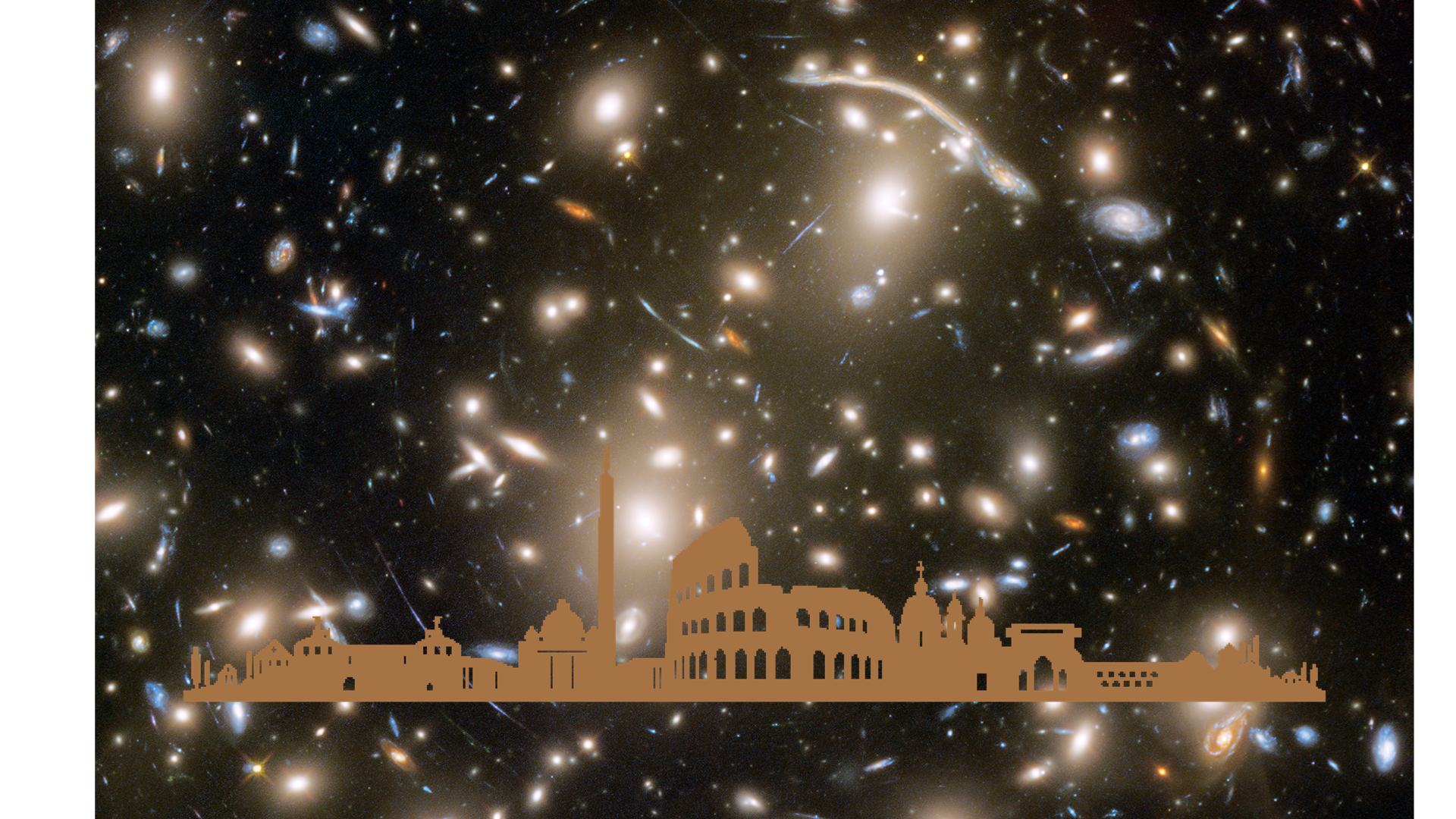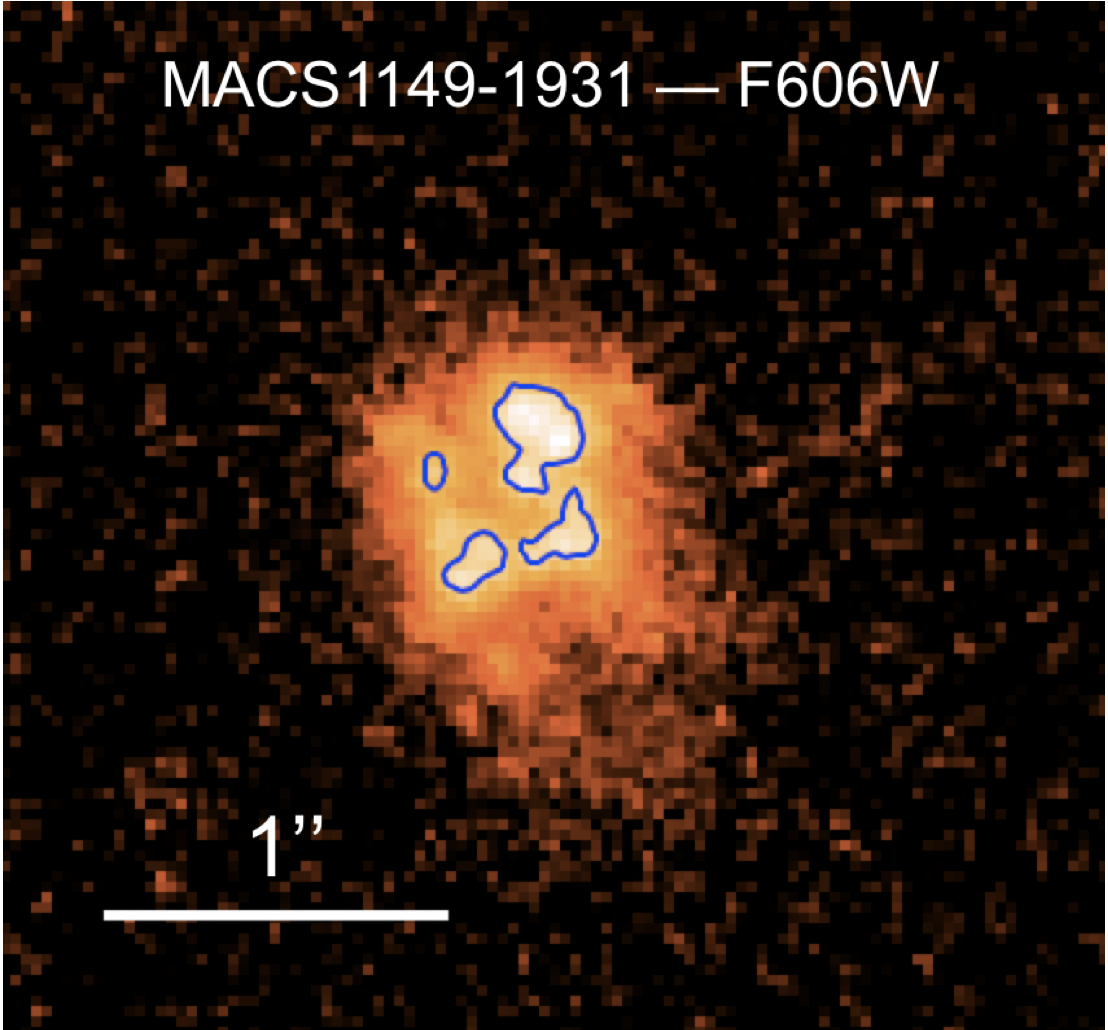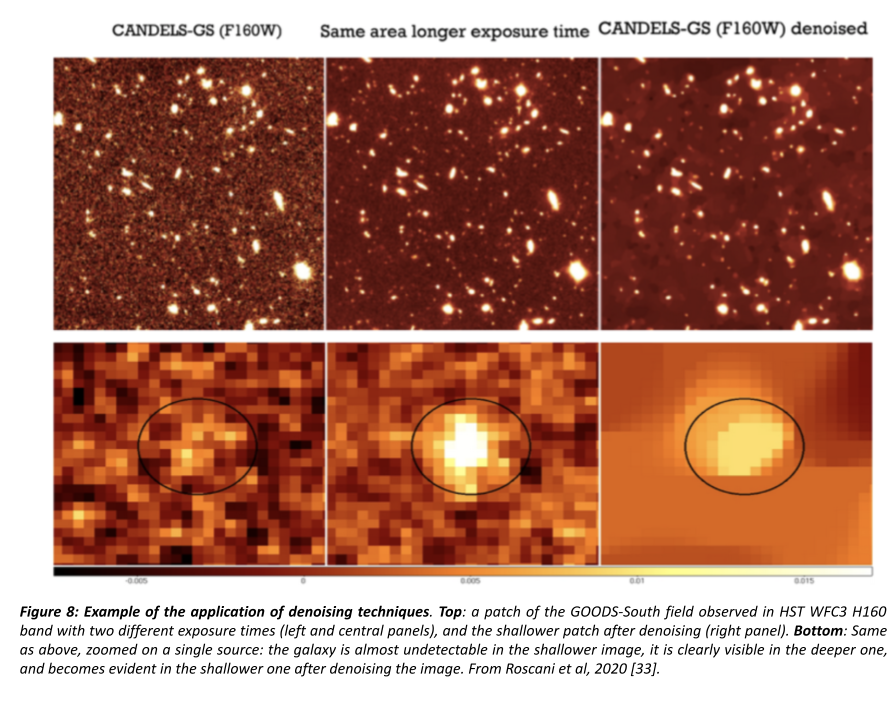We present results from the KMOS Lens-Amplified Spectroscopic Survey (KLASS), an ESO Very Large Telescope (VLT) large program using gravitational lensing to study the spatially resolved kinematics of 44 star-forming galaxies at 0.6 < z < 2.3 with a stellar mass of 8.1 < log(M⋆/M☉) < 11.0. These galaxies are located behind six galaxy clusters selected from the Hubble Space Telescope Grism Lens-Amplified Survey from Space (GLASS). We find that the majority of the galaxies show a rotating disc, but most of the rotation-dominated galaxies only have a low υ rot/σ0 ratio (median of υrot/σ0 ∼ 2.5). We explore the Tully-Fisher relation by adopting the circular velocity, $V_{\mathrm{ circ}}=(\upsilon _{\mathrm{ rot}}^2+3.4\sigma _0^2)^{1/2}$ , to account for pressure support. We find that our sample follows a Tully-Fisher relation with a positive zero-point offset of +0.18 dex compared to the local relation, consistent with more gas-rich galaxies that still have to convert most of their gas into stars. We find a strong correlation between the velocity dispersion and stellar mass in the KLASS sample. When combining our data to other surveys from the literature, we see an increase of the velocity dispersion with stellar mass at all redshift. We obtain an increase of υrot/σ0 with stellar mass at 0.5 < z < 1.0. This could indicate that massive galaxies settle into regular rotating discs before the low-mass galaxies. For higher redshift (z > 1), we find a weak increase or flat trend. We find no clear trend between the rest-frame UV clumpiness and the velocity dispersion and υrot/σ0. This could suggest that the kinematic properties of galaxies evolve after the clumps formed in the galaxy disc or that the clumps can form in different physical conditions.
A comparative analysis of denoising algorithms for extragalactic imaging surveys
We present a comprehensive analysis of the performance of noise-reduction (denoising) algorithms to determine whether they provide advantages in source detection, mitigating noise on extragalactic survey images.
The methods we analyze here are representative of different algorithmic families: Perona-Malik filtering, bilateral filter, total variation denoising, structure-texture image decomposition, non-local means, wavelets, and block-matching We tested the algorithms on simulated images of extragalactic fields with resolution and depth typical of the Hubble, Spitzer, and Euclid Space Telescopes, and of ground-based instruments. After choosing their best internal parameters configuration, we assessed their performance as a function of resolution, background level, and image type, in addition to testing their ability to preserve the objects fluxes and shapes. Finally, we analyze, in terms of completeness and purity, the catalogs that were extracted after applying denoising algorithms on a simulated Euclid Wide Survey VIS image and on real H160 and K-band (HAWK-I) observations of the CANDELS GOODS-South field.
Denoising algorithms often outperform the standard approach of filtering with the point spread function (PSF) of the image. Applying structure-texture image decomposition, Perona-Malik filtering, the total variation method by Chambolle, and bilateral filtering on the Euclid-VIS image, we obtain catalogs that are both more pure and complete by 0.2 magnitude than those based on the standard approach. The same result is achieved with the structure-texture image decomposition algorithm applied on the H160 image. The relative advantage of denoising techniques with respect to PSF filtering rises with increasing depth. Moreover, these techniques better preserve the shape of the detected objects with respect to PSF smoothing.
Conclusions: Denoising algorithms provide significant improvements in the detection of faint objects and enhance the scientific return of current and future extragalactic surveys. We identify the most promising denoising algorithms among the 20 techniques considered in this study.
The assembly of dusty galaxies at z > 4: statistical properties

The recent discovery of high redshift dusty galaxies implies a rapid dust enrichment of their interstellar medium (ISM). To interpret these observations, we run a cosmological simulation in a 30h−1 cMpc/size volume down to z ≈ 4. We use the hydrodynamical code dustyGadget, which accounts for the production of dust by stellar populations and its evolution in the ISM. We find that the cosmic dust density parameter is mainly driven by stellar dust at z > 10, so that mass- and metallicity-dependent yields are required to assess the dust content in the first galaxies. At z < 9 the growth of grains in the ISM of evolved systems (Log(M⋆/M⊙) > 8.5) significantly increases their dust mass, in agreement with observations in the redshift range 4 < z < 8. Our simulation shows that the variety of high redshift galaxies observed with ALMA can naturally be accounted for by modeling the grain-growth timescale as a function of the physical conditions in the gas cold phase. In addition, the trends of dust-to-metal (DTM) and dust-to-gas (D) ratios are compatible with the available data. A qualitative investigation of the inhomogeneous dust distribution in a
representative massive halo at z ≈ 4 shows that dust is found from the central galaxy up to the closest satellites along polluted filaments with Log(D) < −2.4, but sharply declines at distances d > 30 kpc along many lines of sight, where Log(D) < −4.0.


